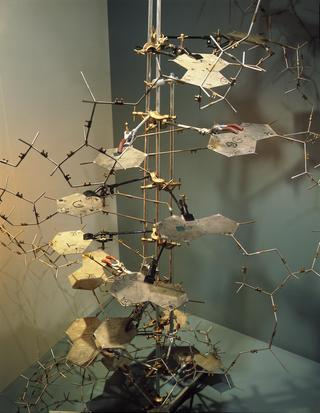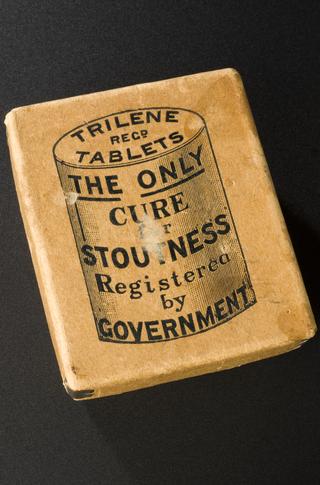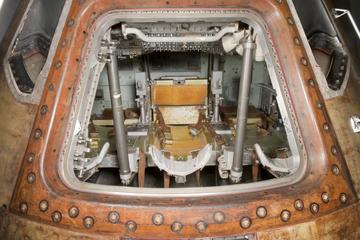

Large pear shaped x-ray tube of form originally used by Prof. Röntgen, manufactured in Germany about 1896. Inside of glass at end of tube eroded by bringing cathode rays to a focus with a magnet; on stand.
Large pear shaped x-ray tube of form originally used by Prof. Rontgen, manufactured in Germany about 1896. Inside of glass at end of tube eroded by bringing cathode rays to a focus with a magnet; on stand.
X-rays were discovered in 1895 when Wilhem Röntgen, A German professor of physics, encountered unknown emissions from a Crookes discharge tube. Experiments revealed that these rays penetrated some substances more easily than others, and also fogged photographic plates. The fact that X-rays could produce images differentiating between the densities of body tissues, produced results which medical enthusiasts for 'the new light' were keen to exploit. X-rays were also used to treat tumours. This early German X-ray tube is of the form originally used by Röntgen in his research.
Details
- Category:
- X-rays
- Object Number:
- 1923-350
- type:
- x-ray tube
- credit:
- Institution of Electrical Engineers




